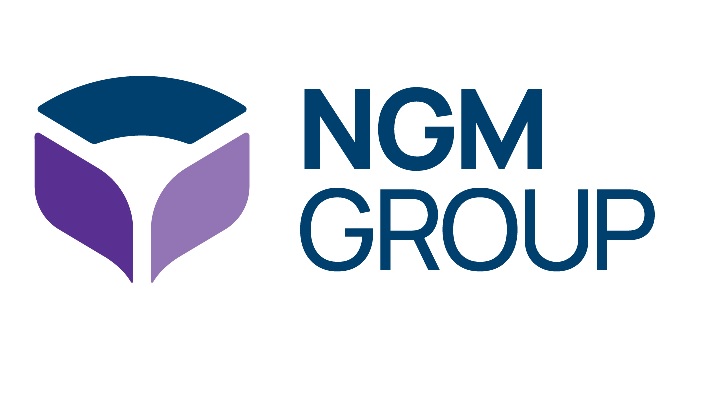
Specialist Recruiters
Our team of specialist senior recruiters are focused on a specific niche, giving them access to a large pool of candidates, across technology, engineering, software, data, product, cyber, UX, and executive search.
Recruitment
Community-First
We aren’t just focused on hiring talent, we contribute to and invest heavily within the ecosystems where we operate. We sponsor meetups and conferences, share stories of incredible people and companies through our podcast network, and provide market insights through our annual salary guide.
About Us
Proven Results
470+ placements in the last 18 months, with 95% of hires retained beyond 12 months.
Learn How We WorkOur Expertise
Software Engineering
Cyber & Infra/Ops
Data & Data Science
Digital Marketing
UX / Product Design
QA & DevOps
Engineering
Product Management
Projects & Change
Senior Leadership






























 Stitcher
Stitcher





